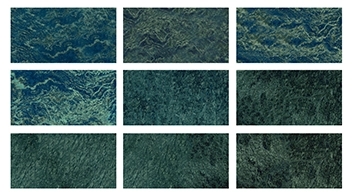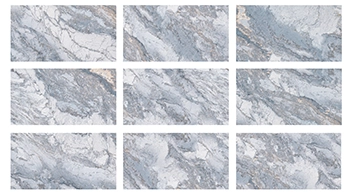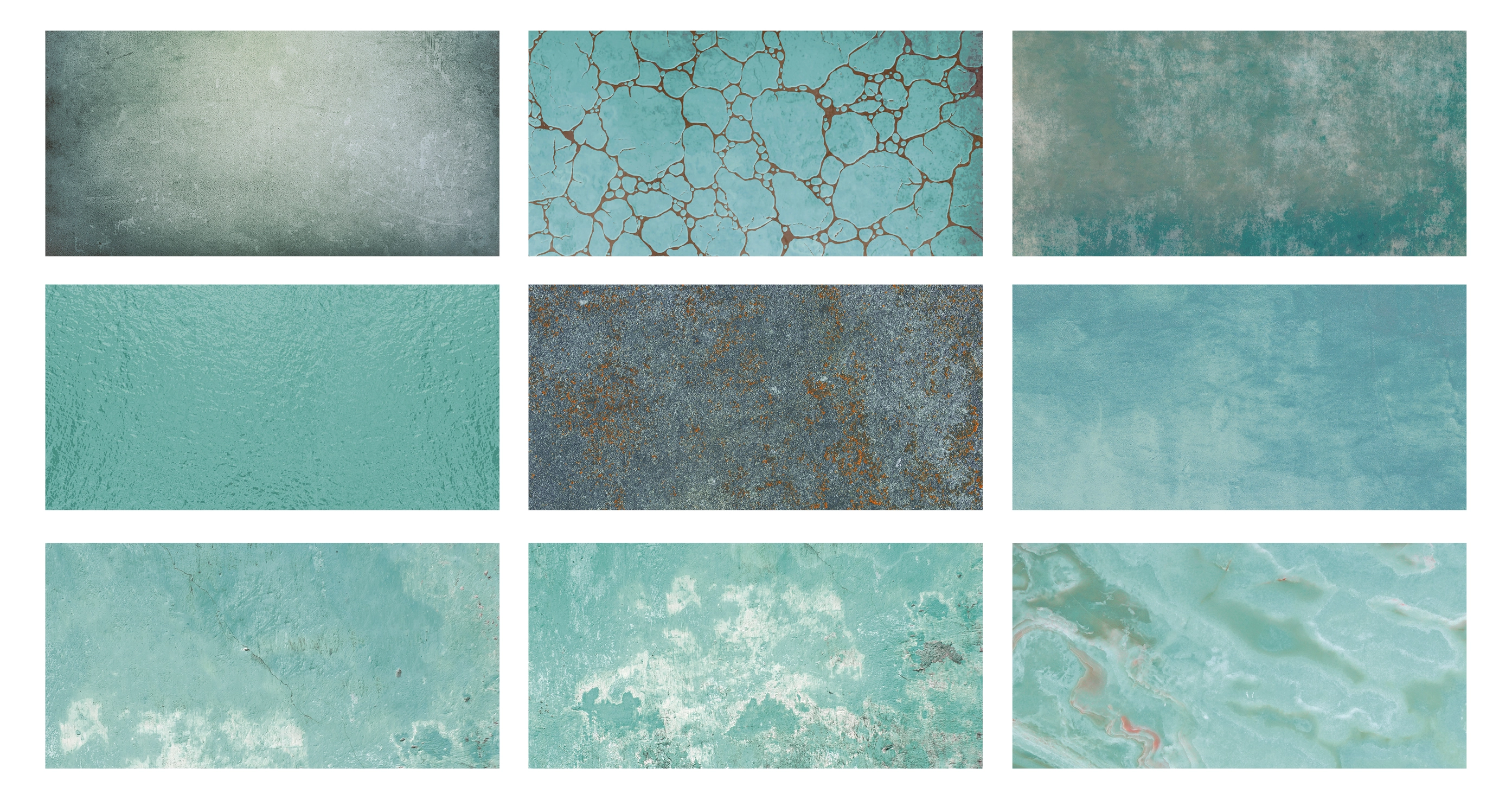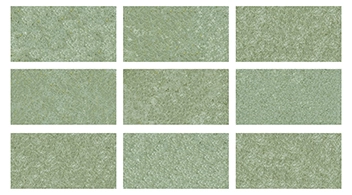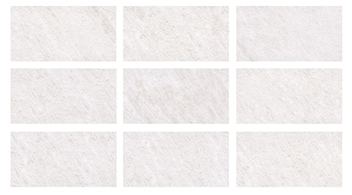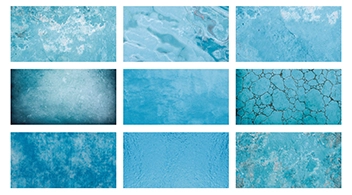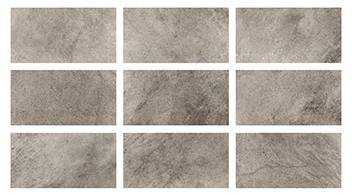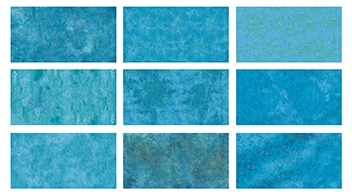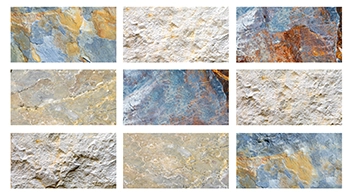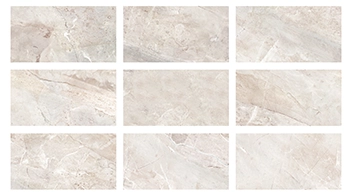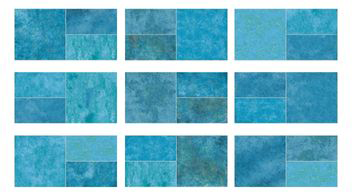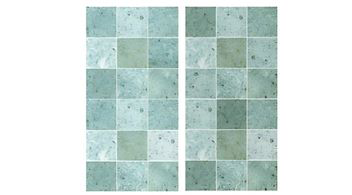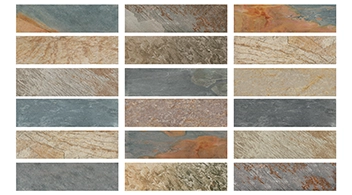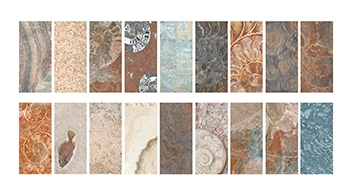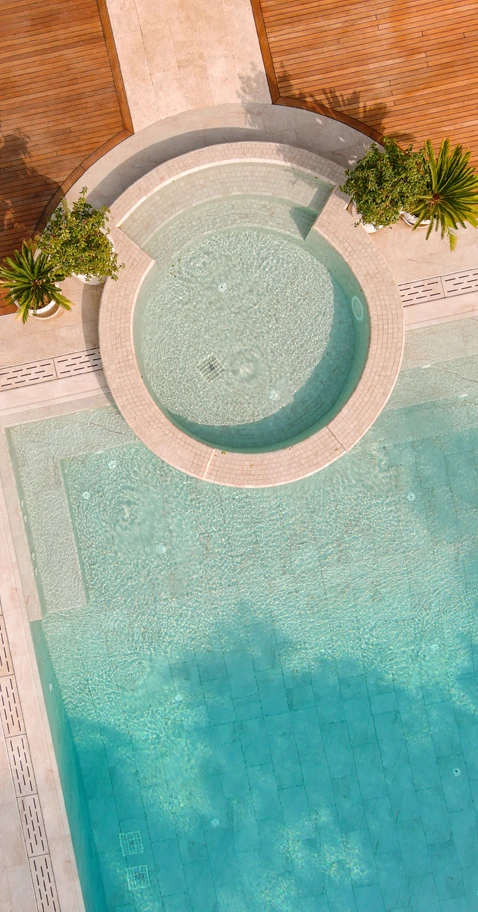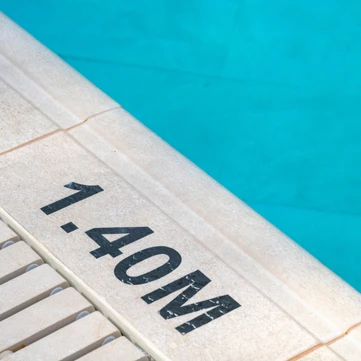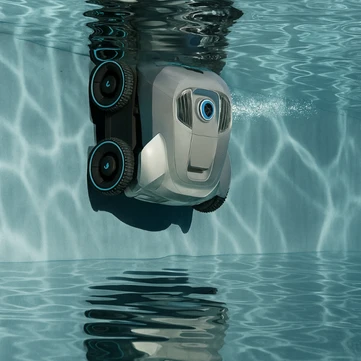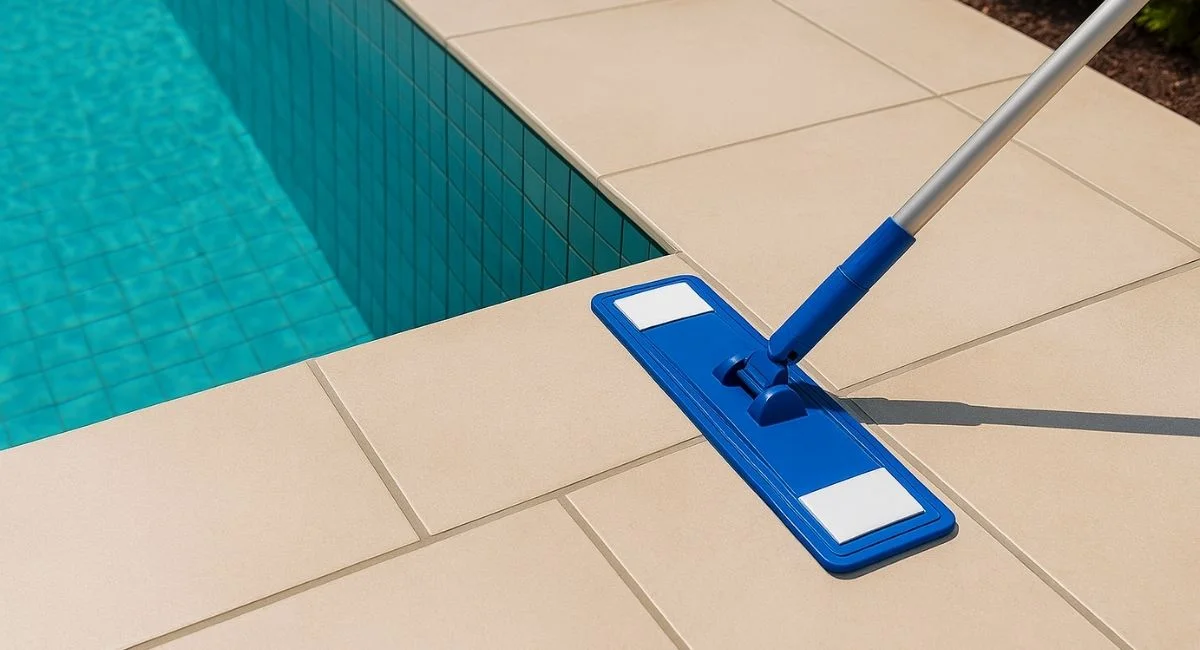
Porcelain tiles used in swimming pools stand out not only for their aesthetics but also for their highly functional properties. However, to preserve their original appearance, it is crucial to clean porcelain tiles regularly and with the right products. In this article, we will explore how to clean porcelain pool tiles through daily, periodic, and seasonal maintenance routines.
Cleaning Advantage of Porcelain Tiles
Thanks to their low water absorption rate (< 0.5%), dense and non-porous structure, porcelain tiles do not trap dirt, resist stains, and offer high Chemical Resistance. These features make porcelain tiles significantly easier to clean compared to Ceramic Tiles.
Daily and Weekly Cleaning Recommendations
Recommended Cleaning Materials:
- pH-neutral surface cleaners (pH between 6–8)
- Microfiber mop or soft-bristled brush
- Clean, chlorine-free rinsing water
Application Steps:
- Adjust the pool water level below the cleaning area.
- Moisten the tiles, then apply the pH-neutral cleaner.
- Let the product sit for 5–10 minutes (do not allow it to dry).
- Scrub gently with a microfiber cloth or soft brush.
- Rinse thoroughly with clean water to avoid detergent residue.

Monthly / Seasonal Deep Cleaning and Joint Maintenance
Epoxy Grout Cleaning: Use specialized epoxy cleaners for epoxy-based grouts. Direct water pressure may be applied, but avoid high-pressure systems.
Limescale and Residue Removal: Lightly acidic cleaners (pH 4–5) should only be used when there is mineral buildup. Always neutralize the surface and rinse well afterward.
Seasonal Opening and Closing Maintenance
Before winterizing your pool, ensure all surfaces are thoroughly cleaned and dried. Organic debris or chemical residues can damage the surface during off-season months. Before reopening the pool, perform a light-pressure rinse and inspect the grout lines.
Serapool Expert Insight: Longevity Begins with Proper Maintenance
Serapool’s 100% Porcelain Tiles provide not only superior mechanical strength but also outstanding ease of cleaning. To preserve these advantages in the long term, consistent maintenance and the use of surface-appropriate cleaning agents are essential.
